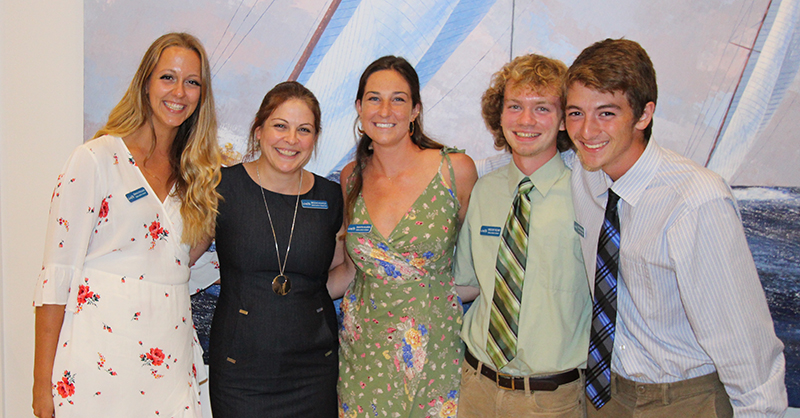
The Wetlands Institute’s Environmental Education Interns spent 12 weeks leading public education programs, while immersing themselves in the unique environment of the surrounding salt marsh and barrier islands. They worked hard and through it all developed the skills they need to continue their careers in environmental education. Each year, interns are asked to develop and implement an education project of their choosing that is personally and/or institutionally beneficial. The deliverables from their projects leave a lasting impact on The Wetlands Institute and we hope you’ll stop by to see their education initiatives in action.
Intern Projects Overview
Gregory Fischer (Stockton University) created a new general admission visitor program Science Feature to educate the public on soil science, dredging, and the use of dredged materials, including The Wetland Institute’s work on the Beneficial Use Project.
Joseph Hernandez (Stockton University) developed educational signage and an accompanying 125-gallon brackish water aquarium tank that includes schooling fish, ribbed mussels, fiddler crabs and other salt marsh species, to highlight the importance of salt marsh organisms.
Diana Moczula (Carleton University) translated 25 years of terrapin tracking research data into an educational terrapin tracking display that consists of unique terrapin profiles and an interactive microchipping and mapping activity.
Samantha Najarian (College of Charleston) bolstered the learning components of popular boathouse-based (Herd Building) programs, including Catch o’ the Day, Hooked on Fishing, and Crabbing, by creating new visual resources, including a marine themed art display for inside the Herd Building, and complimentary children’s activities.
